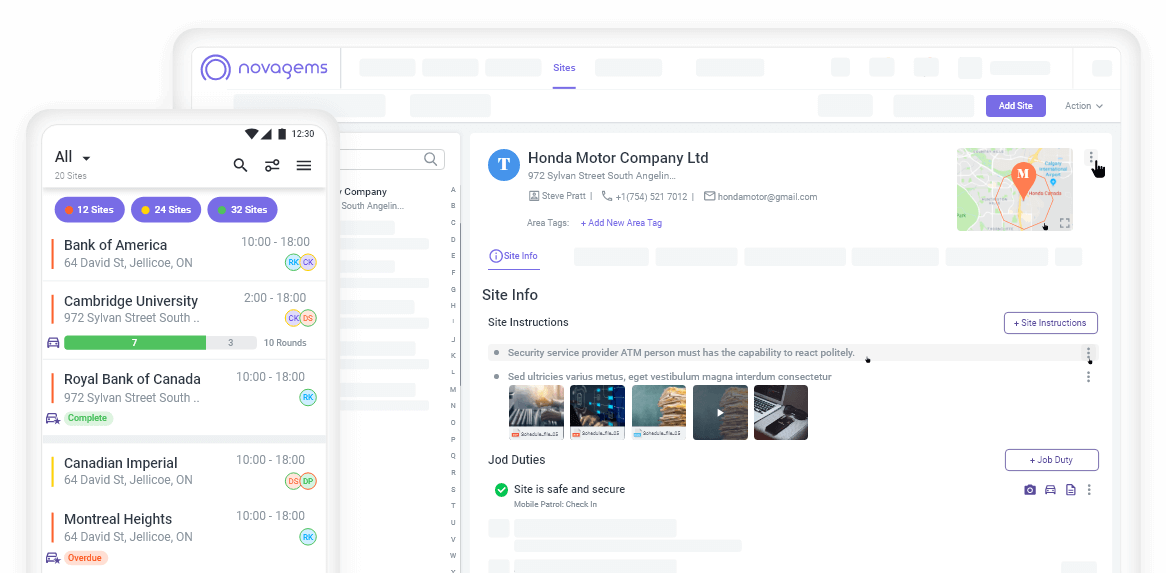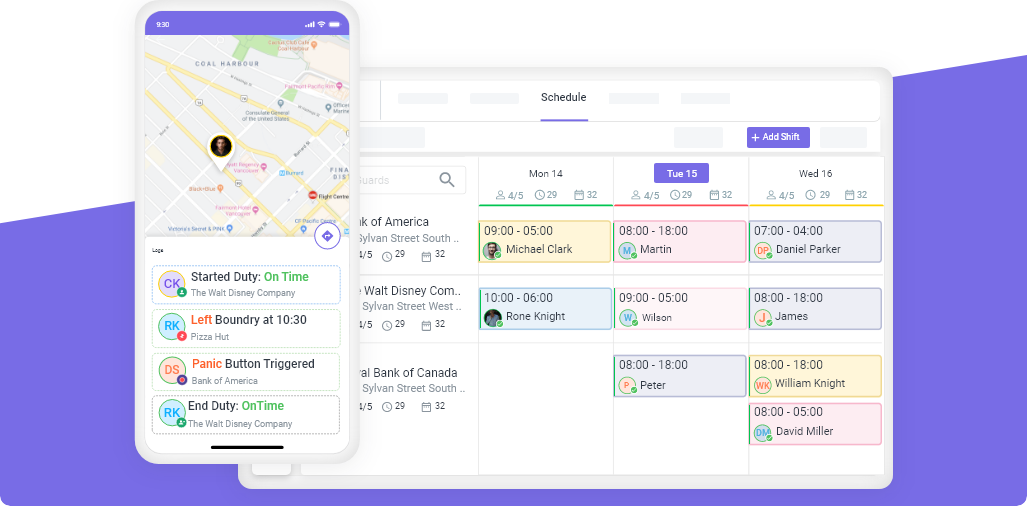3 Effective Ways to Manage Your Workforce During Fluctuating Market Demands
Mon, Feb 6, 2023
Read in 4 minutes
Customer demands are a vital area to focus on for every business, irrespective of their scale of operations or industry. However, most business owners mostly struggle with forecasting these demands. When one would think they have detected a pattern, the trends change, bringing them to square one all over again.

One of the primary challenges here is managing employees according to customer demands. So, let’s cut to the chase and talk straight.
To manage a team through such fluctuating demands, all you need is focused efforts and enhanced flexibility. So, if you’re wondering how to manage a team, we have the answer.
Here are three crucial areas you need to focus on and manage your team through the highs and lows of customer demand. So, let’s check them out in detail below:
1) Manage Weekly Hours and Timesheets
Employee engagement is all about working with a team that cares for their job, enjoys doing the work as a unit, and maintains active communication with customers. However, such engagements can be very fragile, primarily because of the stress and anxiety of fluctuating customer demands.
Avoiding Employee Burnout
It might not be obvious, but your team is just as stressed as the managers or other supervisors. Higher customer demands automatically translate to increased stress, resulting in employee burnout.
As their employer, you need to ensure that does not happen to your employees. You can start by rewarding them for their work and acknowledging their efforts for the organization. Also, make sure you are aware of mental health problems and give them a break every once in a while.
Reducing Overtime with Better Scheduling
One must acknowledge that overtime is majorly responsible for causing such burnout issues. So, it would help if you took steps to create work schedules for the employees and train them to perform varied tasks and jobs efficiently. You can also establish a policy to limit overtime to a certain extent.
With efficient scheduling and labor forecasting, you can manage the overtime contributed by the employees. Such activities will help you control the cost incurred by the company for overtime payments. It will help you check that the employees do not sit for long hours only to get compensation.
2) Recruitment
Most businesses have the competence to predict their busy season. You have no time to waste during this season, and the best thing to do here is to start preparing beforehand. One can hire more employees and revamp the overall seasonal hiring process for better results.
Start Recruitment Early
Experts suggest starting the recruitment process at the earliest. Early hiring helps you get the best talents and enough time to familiarize them with their job before the rush of the busy season. Also, make sure you treat the new employees as equals to your existing employees by maintaining an identical policy approach toward the staff.
Even when you assign work during rush hour, avoid keeping it too heavy or too light for the new employees. Assign them the duties and responsibilities according to their qualifications, experience, and knowledge about the project.
Train Your Employees for the Busy Season
Lastly, you need to train the employees effectively to do their job. The busy season will take a toll on every member of your organization. Thus, train your employees with the utmost efficacy to ensure you make the most of the busy season.
You can use advanced scheduling technologies to attract the best seasonal talents by giving them a better alternative than your competitors. Such technologies will benefit everyone in the organization without burning a hole in your pocket or even denting your budget. An advanced workforce management system helps businesses manage schedules efficiently, distributing the workload evenly.
Your business will benefit extensively from a workforce ready to embrace the busy season. These perks will come as more significant cash reserves, loyal customers, and a staff that helps your business grow.
3) Leverage Flexible Scheduling To Facilitate Ease Of Operations
Flexible scheduling is key to helping you engage employees through all business seasons. Flexible scheduling will help you ride the wave like a pro even when customer demands are at their peak. As we mentioned above, better management of workload is always a beneficial prospect that aids the growth of the business.
Use Competent Software
By using a workforce management system, you can ensure your company’s work schedules are in line with your requirements. You can use the system for planning shifts, creating daily, weekly, or monthly schedules, and giving provisions for open shifts. This way, the employees do not have to be stuck in a rut of rigid schedules. They have the flexibility to get the schedule altered whenever they are unavailable for the set schedule. You can make provisions for last-minute amends in the case of urgent leaves or absenteeism from the employees. Also, the system will provide you with features to communicate everything effectively with your teams, making all the changes clear.
Encourage Utilizing the Off-time
Besides providing a flexible schedule, you may also encourage your team members to utilize their vacations and time offs effectively. So, they won’t get burdened by the work.
Get a Free Trial
Sign up For Newsletter
Latest Blog Posts
Get Started
Start being productive & grow your business
with Novagems




